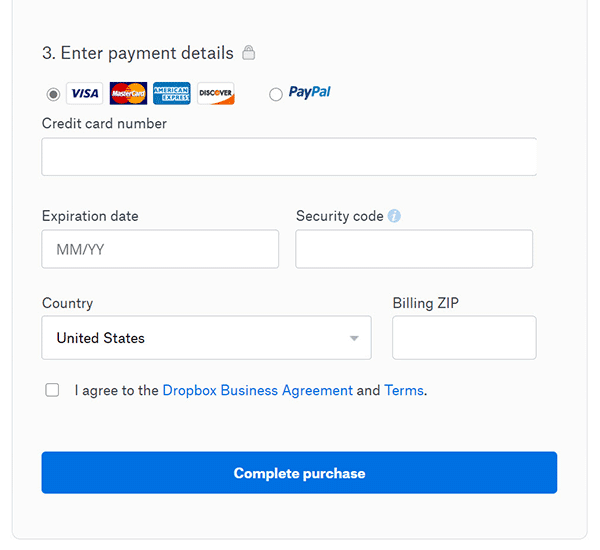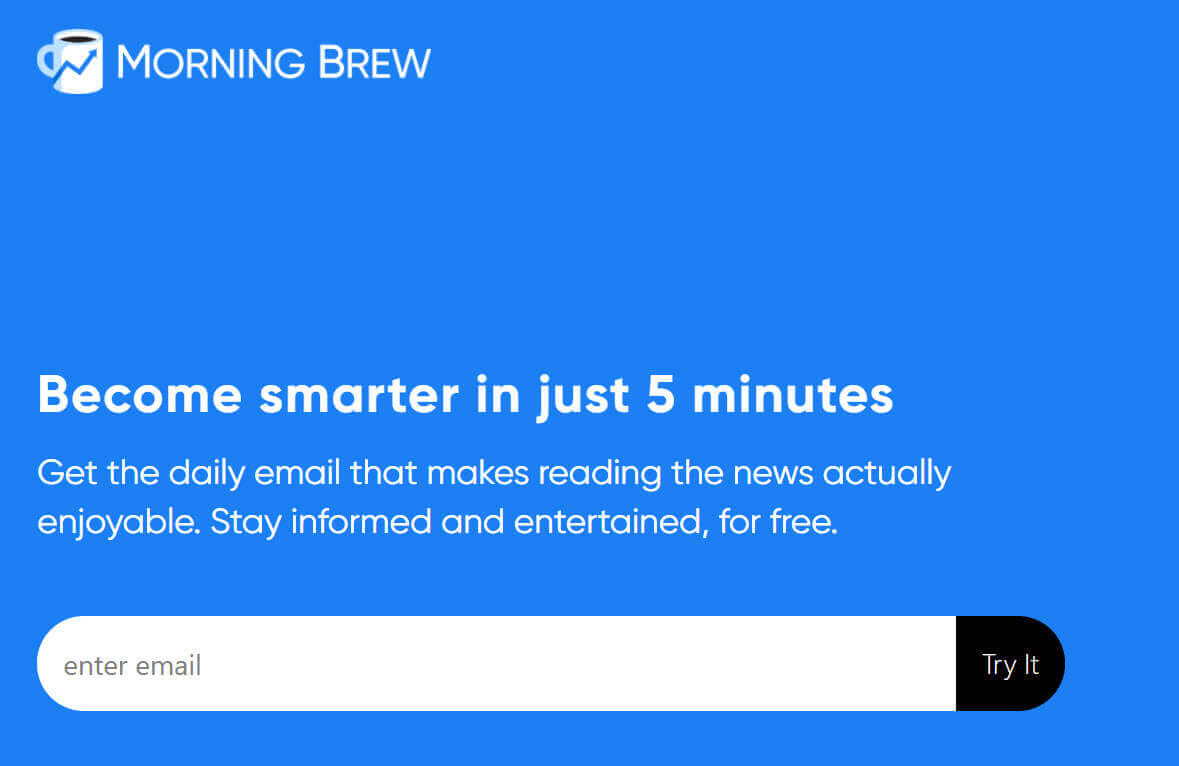If your website has a decent amount of traffic, but it doesn’t turn into leads and sales, you have a conversion rate problem. But you probably already knew this - you just need to fix it. Conversion rate optimization (CRO) is a marketing specialty that can help you convert more of your existing website traffic into customers.
A sub-par conversion rate is a frustrating problem - websites take a ton of time, money, and effort to create and maintain. Your website is the primary hub for all of your digital marketing efforts. It should absolutely be an asset for your business and not a revenue roadblock.
More...
Compounding your frustrations is allocating a considerable chunk of your marketing budget to drive traffic to your website, only to have prospects leave without giving you their email address or turning into a trial or a paid customer.
So, why isn’t your website traffic converting?
You and your team have most likely:
- Done the strategic research
- Invested in the right acquisition channels
- Done all the things your advisors tell you to try
- Pulled all the levers to improve traffic quality and your spend
But your conversion rate is still lower than you want.
Here’s an obnoxious digital marketing secret:
Each of your marketing channels may be good at driving traffic, but they need support from other channels and your website to turn traffic into customers.
All marketing channels benefit from research on your ideal customer profile (ICP) and, specifically, why prospects are attracted to your product and the problems your product solves.
When optimized for your ideal customer, your website can complete your sales argument and move your prospects from merely aware of your product to a stage where they’re not only willing but excited to buy.
Imagine how much easier your work life would be, how many more things you could get accomplished if you had a long line of prospects, wallets out, clamoring to smash the “Submit order” button on your website.
Lucky for you, there’s a marketing specialty whose sole focus is to move customers through your sales funnel as smoothly and quickly as possible.
What is Conversion Rate Optimization?
Conversion Rate Optimization is essentially convincing prospects to take a specific, measurable action, usually on your website (but not always).
Conversions aren’t always about money.
The two primary characteristics of a conversion are
- They’re measurable
- They’re beneficial to your company (usually because they move a prospect closer to a point where a monetary transaction happens)
Common conversion examples:
- Email newsletter signups
- Lead for a demo of your software
- A prospect entering their credit card information and agreeing to become a customer
Conversions don’t always have to be revenue-generating actions.
They can be small and include clicking an ad, creating an account, registering for a webinar, or even adding a product to your shopping cart.
Why should you care about boosting your conversion rate?
Conversion rate optimization allows you to maximize the website traffic you already have and improve your future website traffic quality.
When you stand up a Conversion rate optimization practice in your company, some of the benefits include:
Boost your conversion rate, and you could see:
1. Increased intelligence about your prospects and customers
- Understanding your customer's journey, how they make decisions, what their obstacles to purchase (and how to overcome them), the more you can learn about your customers and what makes them tick, the easier it is to convince them to buy your solution instead of any competitor's products.
- Customer intelligence is a critical part of Conversion Rate Optimization, and it impacts every other facet of your business. If you know where your ideal prospects are, the content they're consuming, the messages that generate engagement, and the points of value that encourage them to choose you over your competition, the game is totally in your favor. It's a marketing secret weapon that your competition may overlook because they're hyper-focused on t lagging indicators like revenue instead of looking at leading indicators that led to the sale.
2. Increased website (and company) revenue
- The strength of your business lies, primarily, in the revenue it generates. Who doesn't want more revenue to grow and strengthen your market position?
3. Lower customer acquisition costs (CAC)
- From awareness and message mapping to moving a prospect further down the funnel - Paid search and CRO share a lot in common. The smarter you get about your customers, the more you're able to target them effectively.
4. Improved SEO rankings
- CRO focuses on creating quality content and making your website easy to buy from, and these tactics are also critical to the success of SEO - there's overlap between the two marketing initiatives. SEO and CRO both seek to optimize a page for speed, mobile responsiveness, and stickiness or engagement.
5. Increases in customer lifetime value (CLTV)
- Keeping customers for the long term is the cost-efficient way to run your business. It costs 2-10x (depending on your industry and the year) to replace an existing customer with a new one and CAC rises for many industries every year. This is why SaaS companies are incredibly laser-focused on monthly and annual recurring revenue (MRR/ARR).
6. Increased market share vs. your competitors
- Sometimes all it takes is to be a little bit better than your competitors - to make a more compelling argument to try your product versus the competition and make it easier to buy/reduce friction than the competition. Leverage switching costs in your favor and drive the point home with prospects to help them choose you over other options (even if that option is choosing nothing vs. committing to your solution).
7. Access to meaningful decision-making data
- When it comes time to make big decisions like launching new products, moving into new markets, or even expanding your workforce, solid, reliable data is at the heart of that decision making process. CRO can provide data about customer behavior, voice of customer (qualitative) data, and help guide you in making better decisions.
8. Increased paid advertising profitability (ROAS)
- Increasing your ROAS isn't solved on a spreadsheet. Knowing more about your customers and their behavior - target channels, create sticky messages and even know which visuals will attract their attention and engagement.
- This deep customer insight gives you the ability to target your ideal prospects with laser precision vs. throwing spaghetti on the wall and hoping something sticks.
9. Stronger, higher-scoring leads
- Knowing more about your customers means creating compelling messages and offers that encourage prospects to turn into hot, active leads for your sales team.
10. Enhanced website trust and brand likeability
- Customers talk. they'll be more likely to spread the word about your product if you have a great problem-solving product and an easy-to-buy-from website.
When you have a more predictable rate of customer growth, you can:
- Grow your internal teams - make your dream hire
- Expand into new markets and increase market share
- Launch new products
- Move closer to your dreams of complete and industry domination (you know you’ve been thinking about what that would look like)
Get more customers with the same amount of website traffic.
Did that idea blow your mind a little bit? Cool. Keep reading for the explanation.
Now, here is where Conversion Rate optimization gets super juicy and delivers exponential ROI.
Imagine how you could grow your business if you got super smart about your most profitable customers. If they increased their Average Order Value (AOV), generated more revenue per user (ARPU), and stayed year over year (ARR)?
But how do you get laser-focused on the things and places and times where your ideal prospects want to hear your messages and offers?
If you understand your most profitable customers’:
- Values, attitudes, and beliefs
- Decision-making process (fast or slow, based on emotion or logic)
- Information-gathering methods
- Real and imagined barriers to purchase
- The effort required to switch from their current solution
- Specific and painful anxieties that prevent them from committing to your product
- Words and phrases do they use when talking about your product or their pain before becoming a customer
Detailed customer data (beyond basic demographics) can create that laser precision you need to improve your ad targeting, create sticky and compelling messages, craft irresistible offers for every marketing channel you use. Spend money only on the campaigns, channels, and messages that get in front of your ideal prospect. It’s not a pipedream anymore.
When you increase the amount of information you know about your ideal customers, you can actively funnel the kinds of customers who are more ready to convert to your website.
What skills do you need to practice Conversion Rate Optimization?
As of today, Conversion Rate Optimization isn’t a marketing discipline with the awareness or popularity of SEO, PPC, or even content marketing.
A solid Conversion Rate Optimization practice happens when research, copywriting, data, analytics, and testing come together. But an outstanding CRO practitioner (the person running the program) has talents and skills acquired over years of experience that you can’t pick up from taking a class or reading a book.
The best CRO specialists have years of experience and knowledge across multiple marketing disciplines. They’re T-shaped marketers.
T-shaped people have two kinds of characteristics, hence the use of the letter “T” to describe them. The vertical stroke of the “T” is a depth of skill that allows them to contribute to the creative process. That can be from any number of different fields: an industrial designer, an architect, a social scientist, a business specialist or a mechanical engineer. The horizontal stroke of the “T” is the disposition for collaboration across disciplines. It is composed of two things. First, empathy. It’s important because it allows people to imagine the problem from another perspective- to stand in somebody else’s shoes. Second, they tend to get very enthusiastic about other people’s disciplines, to the point that they may actually start to practice them. T shaped people have both depth and breadth in their skills. “ Tim Brown, CEO IDEO
Because of the cross-functional experience required, CRO isn’t something you can task a young marketer with and expect to see good results.
Within the CRO marketing discipline, some practitioners are primarily data-driven and focus almost exclusively on testing, and others (like me) focus on a balance of qualitative and quantitative data to create engaging and churn-reducing customer experiences.
The best CRO specialists possess personality characteristics that flow naturally into their work. They are:
- Naturally curious and always asking questions
- Always learning something new
- Actively optimizing and testing more than just their work
- Strategic thinkers and looking at the bigger picture
- Willing to be wrong - because not every optimization test is successful and humans are messy
How to Start Optimizing Your Conversion Rate
The easiest way to diagnose where to start optimizing your conversion rate starts with asking and answering a series of questions:
- Examine your traffic quality. Does the traffic you’re paying to drive to your website match your ideal prospect’s awareness and motivation to buy? If not, how can you shift your message and targeting to drive better quality traffic?
- Optimize your offer. Is your offer compelling? A compelling offer isn’t always discounts and coupon codes. A persuasive offer gives your ideal prospect something they need when they need it or information to make the purchase decision easier. If your offer isn’t compelling or attractive, how can you shift it to help overcome your ideal prospect’s objections and anxieties?
- Copy and User Experience (UX). Are you selling what your ideal prospect wants in a way that encourages them to purchase, and are you making it *super* easy for them to checkout? Consider running a usability study or conversion audit to evaluate your website or your sales funnel.
- Evaluate your data. Consider a Google Analytics audit to clean up any dirty data (it’s pretty common to make business decisions off of a default install of Google Analytics without any filters to help clean up the data). Install Hotjar or other heat mapping solution on your site and watch where people click the most and spend the most time on your pages. Consider a qualitative assessment of your ideal prospect to validate the accuracy of your customer personas.
- Start segmenting your audience. Every website and marketing channel may not have enough traffic to generate statistically significant results with A/B testing, but you can start testing your marketing offers and messages through your emails. Make sure you’re separating your email list into prospects vs. customers and tagging purchases and engagement.
Conversion Rate Optimization isn’t a one-time initiative
CRO is an ongoing investment in your customers and your business, but it’s an investment that can reap measurable dividends.
If the idea of optimizing your conversion rate on your own is a little overwhelming. Or, if you and your team tried to boost your conversion rate but didn’t see the lift you were expecting, it’s time to talk to a Conversion Rate Optimization specialist.
Whether you’re obsessed with running as many A/B tests as possible or crafting easy to buy from online experiences, there’s a CRO practitioner available to help you maximize your conversion potential.









